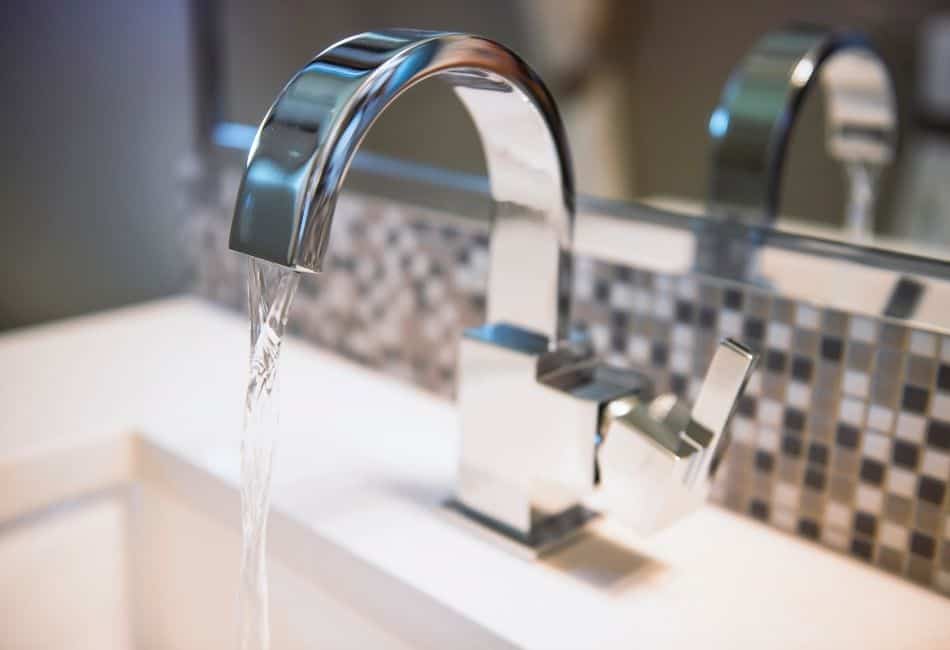Bathroom sink faucets come in a variety of shapes and sizes, and each one has its own unique set of features. Some bathroom sink faucets have two handles, while others have one. Some bathroom sink faucets are designed to fit specific types of bathroom sinks, while others are more universal in nature. In this article, we will discuss the different types of bathroom sink faucets, and how to identify the type and size of faucets that will fit your bathroom sink.
How To Identify The Type And Size Of Bathroom Sink Faucet That Will Fit Your Bathroom Sink
If you are looking to replace your bathroom sink faucet, it is important to know the type and size of faucet that will fit your bathroom sink. To identify the type of bathroom sink faucet you need, you first need to determine the following:
- The type of bathroom sink
- Plumbing or mounting type
The Type of Bathroom Sink
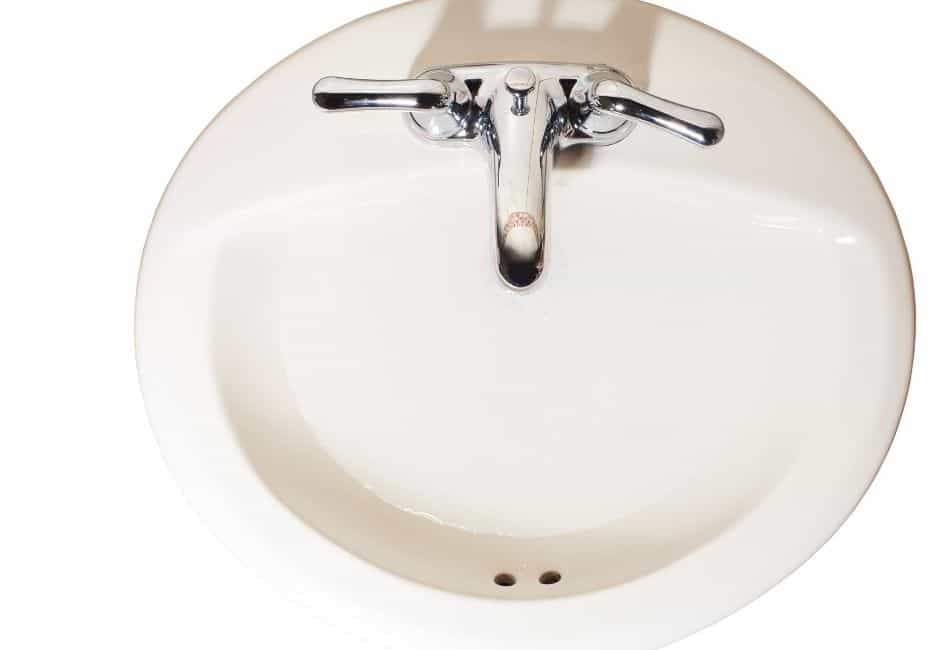
Most bathroom sinks have one of three shapes: round, oval, or square. And the most common bathroom sink styles are wall-mounted, drop-ins, under-mount, or vanity sink. Once you have determined the shape of your bathroom sink, you can then identify the corresponding bathroom sink faucet shape. It is always recommended to follow the manufacturer’s recommended faucet pairing and instructions to ensure a proper fit. You can arguably fix any faucet on your bathroom sink, but water flow and overall functionality can be compromised.
Bathroom sink faucets also come in a variety of sizes, and the size that you need will depend on the type of bathroom sink you have. For example, if you have a bathroom sink with a small countertop, then you will need a bathroom sink faucet with a shorter spout. Conversely, if you have a bathroom sink with a large countertop, then you will need a bathroom sink faucet with a longer spout.
Plumbing or Mounting Type

The next thing you need to consider is the plumbing or mounting type. Bathroom sink faucets come in a variety of sizes and types, and the size that you need will depend on the type of mount or plumbing holes in your bathroom sink. Each style of bathroom sink comes with a pre-drilled set of holes in order to accommodate the bathroom sink faucet. The number of holes will also help you identify what type of bathroom sink faucet you need, and most bathroom sink faucets will require either one or three holes for installation.
The most common types of bathroom sink faucet mounts are deck-mounted, wall-mounted, and bridge-style. It is important to make sure that the bathroom sink faucet you select is compatible with the bathroom sink countertop holes. If you have a bathroom sink with three mounting holes, then you will need a bathroom sink faucet with a three-hole mount. And if you have a bathroom sink with one or two mounting holes, then you will need a bathroom sink faucet with either a single-hole or two-hole mount. Some bathroom sink faucets come with an adapter kit that will allow you to use the bathroom sink faucet with a different type of bathroom sink.
Similarly, if you have a bathroom sink with exposed plumbing, then you will need a bathroom sink faucet with an exposed-plumbing mount. This is a type of bathroom sink faucet that is designed to fit over the exposed plumbing in your bathroom sink. And finally, if you have a bathroom sink with no mounting holes, then you will need a bathroom sink faucet with a freestanding mount.
Once you have determined the shape of your bathroom sink and the plumbing or mounting type, you can then identify the corresponding bathroom sink faucet size.
What Are The Different Types of Bathroom Sink Faucets?
There are a variety of different types of bathroom sink faucets available on the market today. Some of the most popular types of bathroom sink faucets include deck-mounted, wall-mounted, bridge-style, single hole, center-set, widespread, and vessel faucets.
Deck-Mounted Sink Faucets
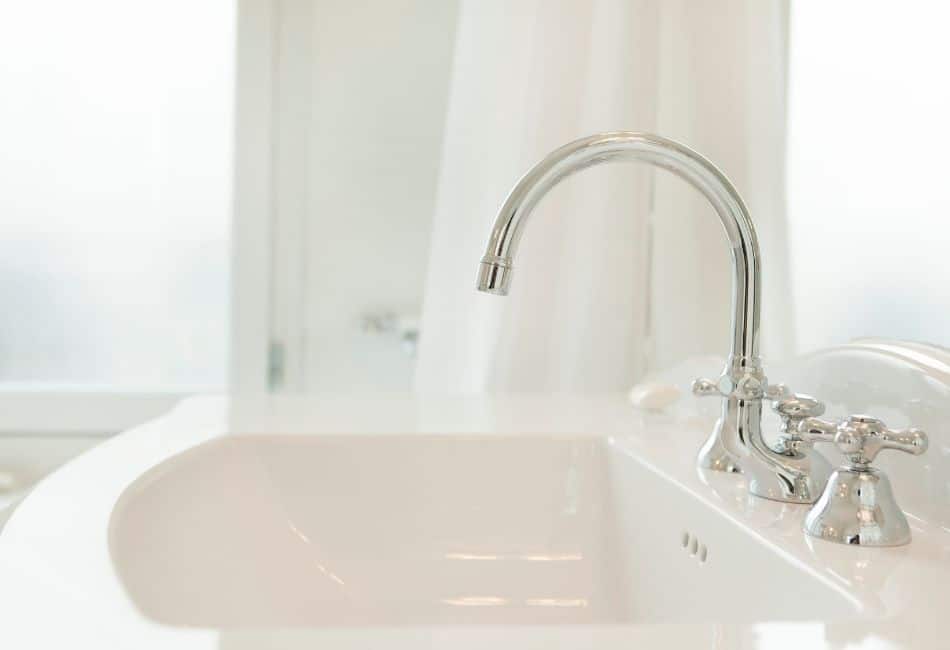
Deck-mounted faucets mount directly onto the bathroom sink countertop. They are one of the most popular types of bathroom sink faucets because they are easy to install and provide a clean look. Most deck-mounted bathroom sink faucets come with a standard four-inch spout reach, which is ideal for bathroom sinks with a small countertop.
Wall-Mounted Sink Faucets
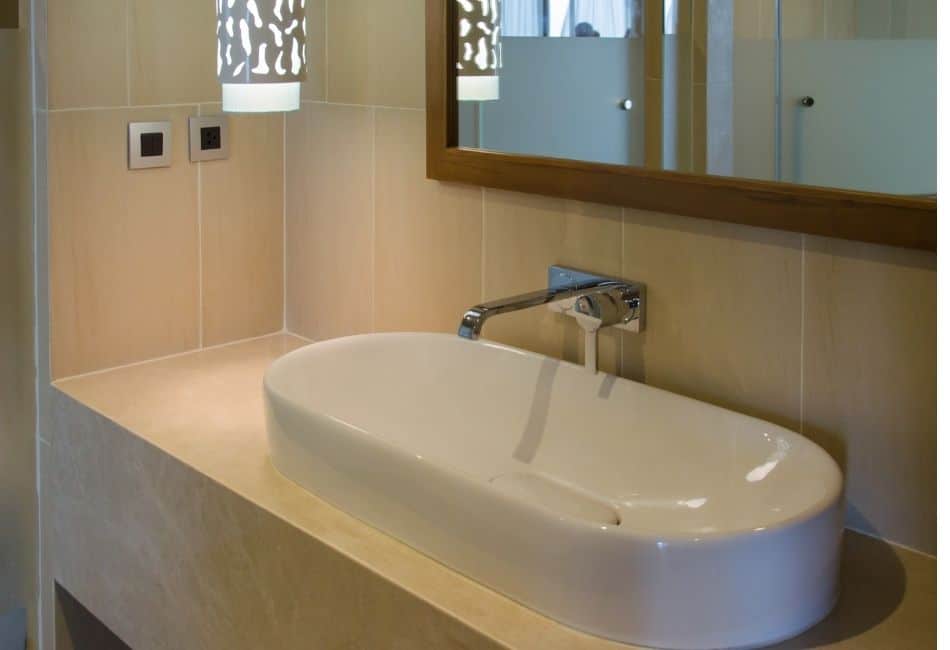
Wall-mounted bathroom sink faucets are a great option for bathroom sinks with a small countertop. They mount directly onto the wall above the bathroom sink, and they come in a variety of sizes and shapes. They typically have a shorter reach than other types of bathroom sink faucets.
Bridge-Style Sink Faucets
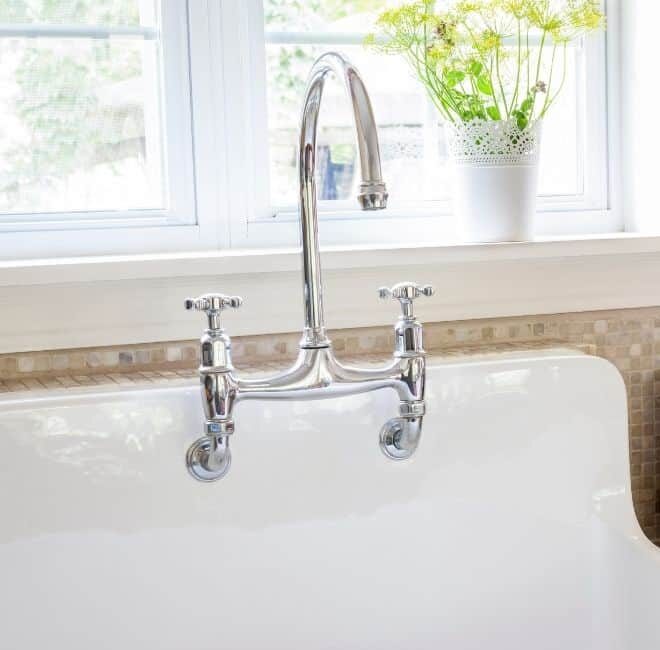
Bridge-style bathroom sink faucets are also a popular choice for bathroom sink faucets because they are easy to install and provide a unique look. They mount onto two bathroom sink countertop holes and have two handles that connect the hot and cold water supply lines. The two handles are joined together by a horizontal bridge or connector which is exposed on the top of the bathroom sink, giving it its unique look.
Single Hole Sink Faucets

Single hole bathroom sink faucets are the most popular type of bathroom sink faucets. They are designed to fit sinks that have only one hole in the center of the sink but they are compatible with one to three pre-drilled mounts. Unlike other sink types which have two handles controlling the flow of water at different temperatures, single-hole bathroom sink faucets have only one handle that controls both the water flow and temperature. It is one of the easiest bathroom sink faucets to install.
Center-Set Sink Faucets
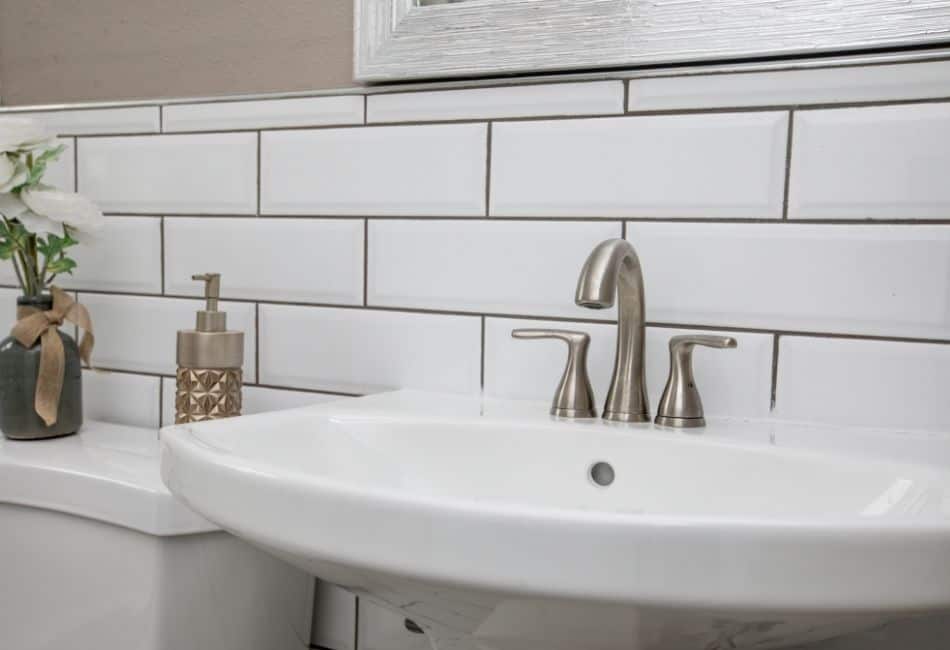
The center-set bathroom sink faucet is the most common type, and it is designed to fit bathroom sinks with three-hole mounts. It features two handles that are mounted on either side of the bathroom sink and a spout in the center. Their handles are usually 4 or 6 inches apart.
Widespread Faucets
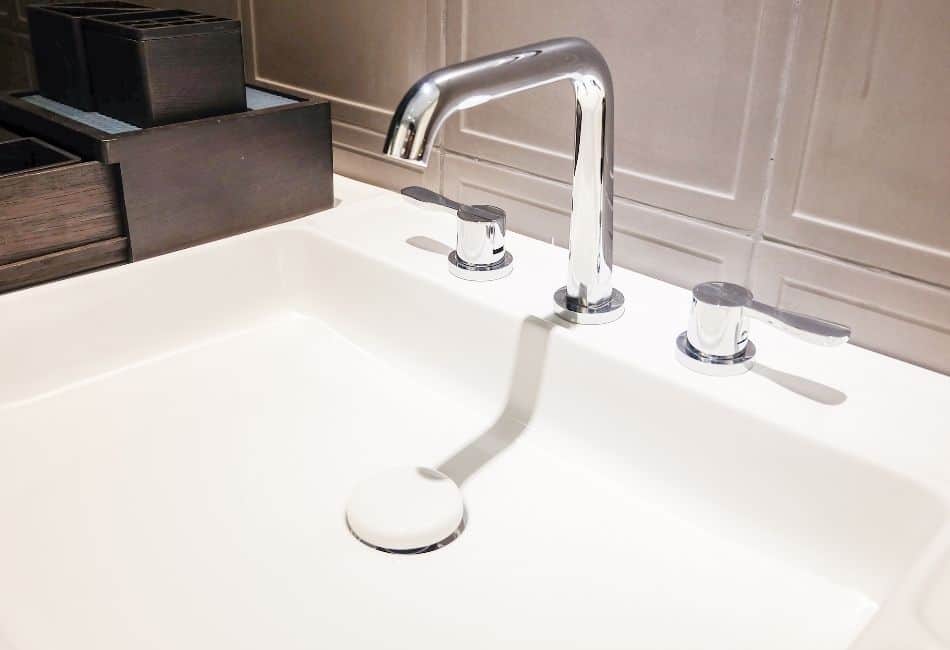
Widespread bathroom sink faucets are a popular choice for bathroom sinks with a large countertop. Similar to center-set faucets, they mount on three holes that are spread out evenly on the bathroom sink but with more liberal spacing between 8 to 16 inches. The two handles and spout are mounted on opposite sides of the bathroom sink.
Vessel Sink Faucets
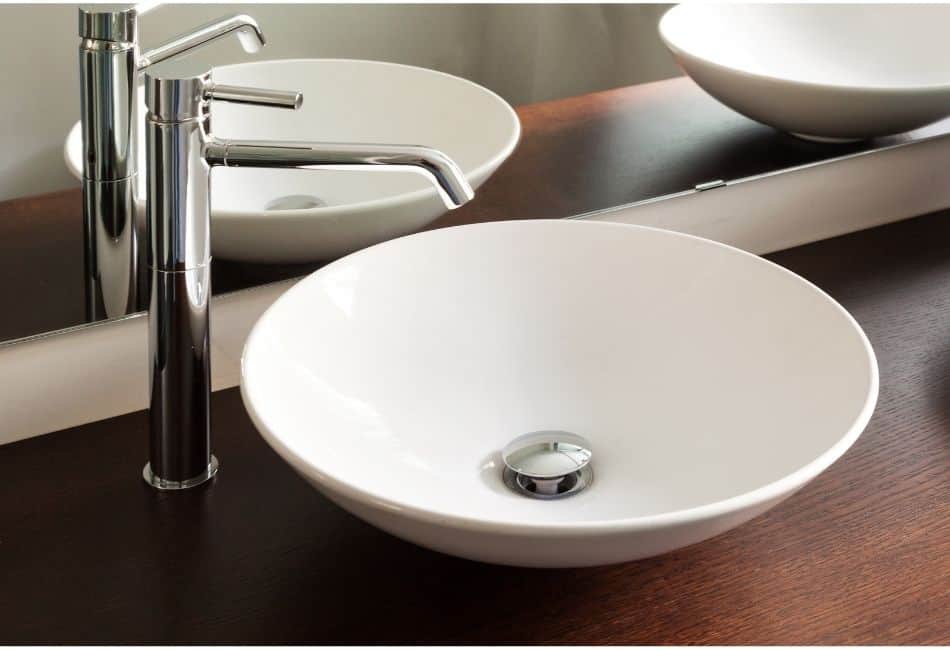
Vessel bathroom sink faucets are designed to be installed on top of a vessel bathroom sink, which is a type of bathroom sink that sits on top of a countertop or vanity. They are designed to fit bathroom sinks by drilling one or two holes in the countertop or vanity. Vessel sink faucets come in a wide variety of different styles, and most have a high arc spout that provides plenty of clearance for the bathroom sink.
Identifying Faucet Types By How It Works
You can identify a faucet by its function, which is how the faucet works. The four main types are compression, cartridge, ball, and disk.
Compression Sink Faucets
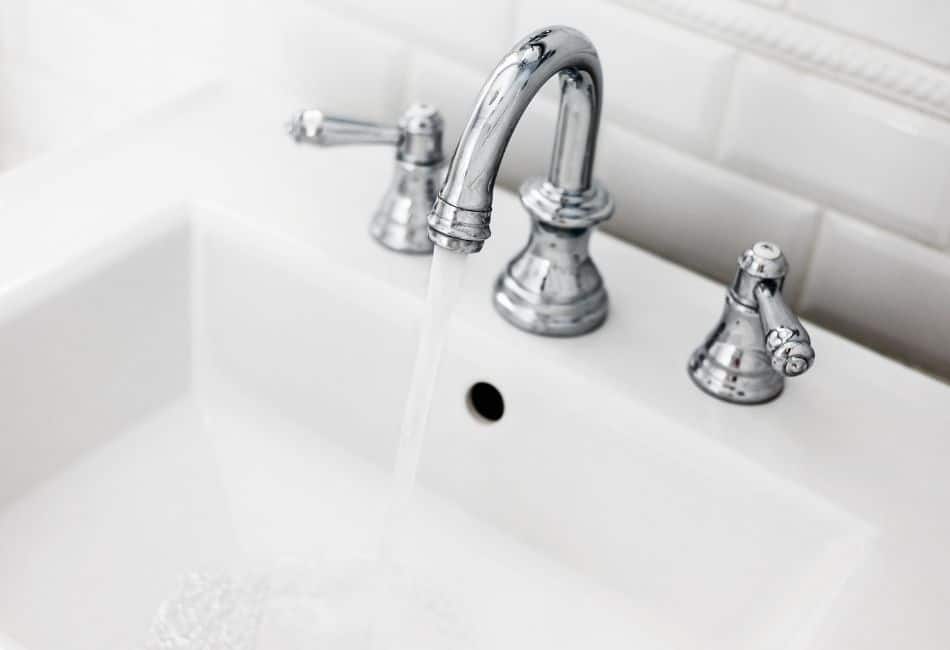
Compression bathroom sink faucets are the most common type of bathroom sink faucets. They have two handles that control the flow of water by turning a washer up or down against a valve seat. They are the least expensive and can be identified with handles that screw down to turn off the water flow.
Cartridge Sink Faucets
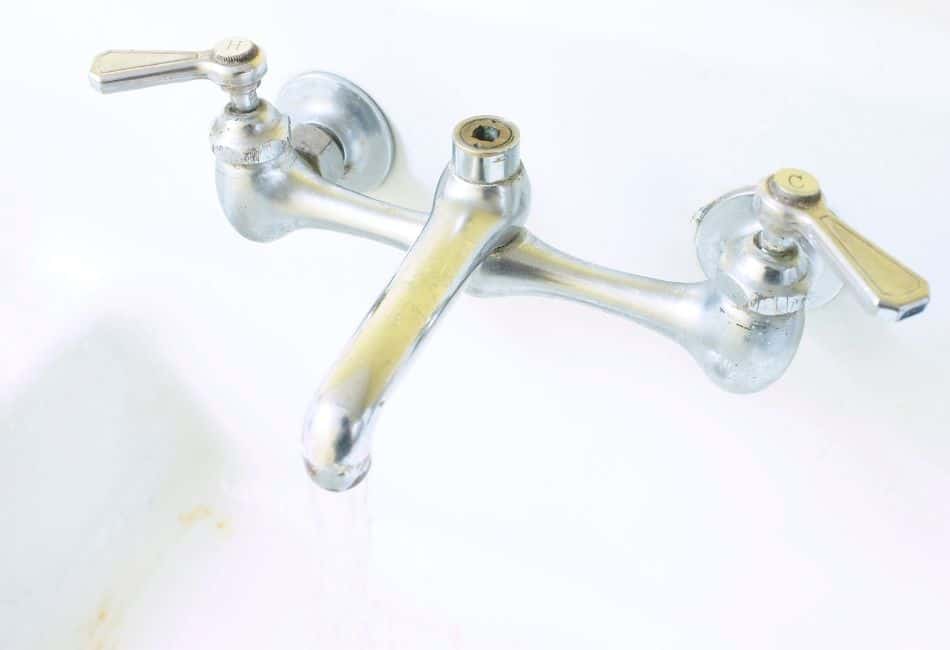
Cartridge bathroom sink faucets have a cylindrical cartridge that controls the flow of water. They are often easier to use than compression bathroom sink faucets because they require less turning motion to control the water flow.
Ball Sink Faucets
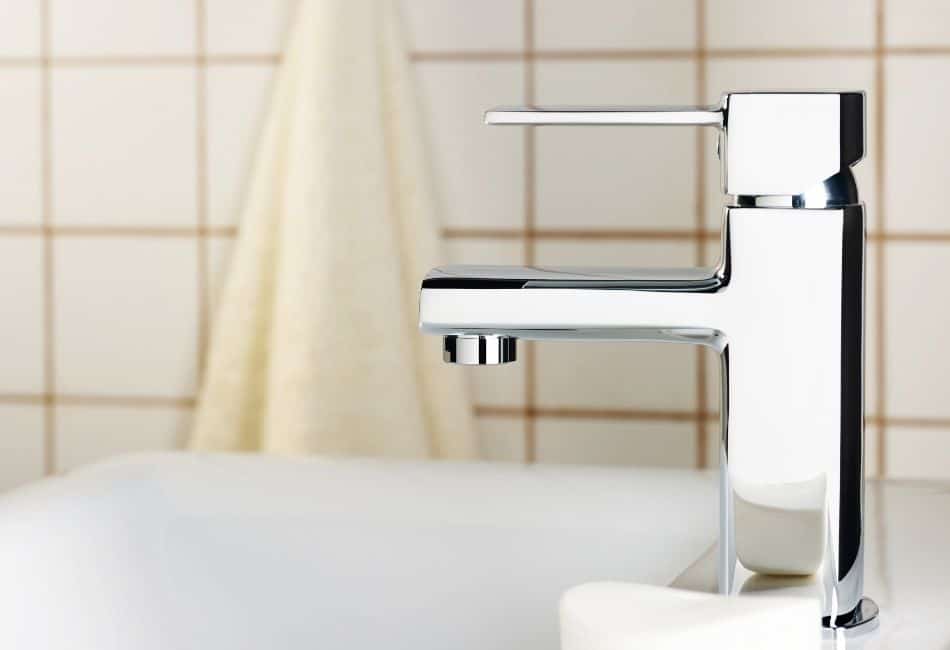
Ball bathroom sink faucets have a ball that controls the flow of water. The ball is located under the handles, and it is connected to two levers that control the hot and cold water flow. Depending on the position of the ball, it controls the rate of water flow and the temperature.
Disc Sink Faucets
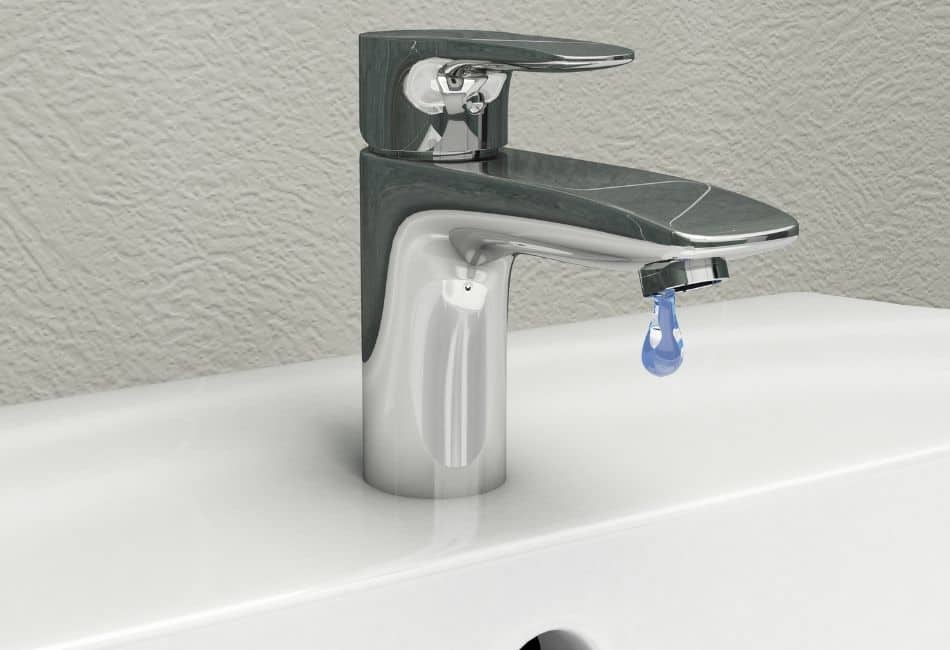
Disc bathroom sink faucets have a disc that controls the flow of water. They have a single lever that controls the water flow and temperature. As you move the lever, the disc moves up or down, which controls the water flow and temperature. This is the latest type of bathroom sink faucets technology, and they are the most durable, quality, and easy to use.
Bathroom sink faucets are a vital part of any bathroom, and it is important to choose the right one for your bathroom. With so many different types of bathroom sink faucets available on the market, it can be difficult to know which one is right for you. However, by considering the size of your bathroom sink and the type of bathroom sink faucet you need, you can easily find the perfect bathroom sink faucet for your home. Bathroom sink faucets are available in a variety of styles and finishes, so you can find one that matches the aesthetic of your bathroom. Whether you need a single hole, widespread, wall mount, or vessel bathroom sink faucet, there is sure to be one that will fit your needs.
Additional Resources
Tips for maintaining your bathroom sink faucet
Maintaining your bathroom sink faucet is important to ensure that it continues to work properly and lasts for a long time. Here are some tips for maintaining your bathroom sink faucet:
- Clean your bathroom sink faucet regularly with warm, soapy water.
- Be sure to tighten all of the nuts and screws on your bathroom sink faucet regularly, as they can become loose over time.
- If you notice any leaks, drips, or other problems with your bathroom sink faucet, be sure to repair them as soon as possible to prevent further damage.
- Do not exert pressure on your sink faucet when cleaning it or performing any other maintenance tasks, as this can damage the faucet.
Following these tips, you can help to ensure that your bathroom sink faucet will continue to work properly for many years to come.
How do you install a bathroom sink faucet?
Installing a bathroom sink faucet is a relatively simple process, and most bathroom sink faucets come with installation instructions. However, if you are unsure about how to install your bathroom sink faucet, you can consult a professional or watch a video online. The steps to install a bathroom sink faucet are as follows:
- Shut off the water supply to your bathroom sink by turning the valve on the wall to the left (or closed) position.
- Disconnect the old bathroom sink faucet by unscrewing the screws that hold it in place.
- Remove the old bathroom sink faucet by pulling it away from the bathroom sink.
- Install the new bathroom sink faucet by screwing it into place.
- Connect the new bathroom sink faucet to the water supply lines by screwing the nuts onto the threads of the valves.
- Turn on the water supply to your bathroom sink by turning the valve on the wall to the right (or open) position.
- Test your new bathroom sink faucet by turning it on and off and letting the water run for a few seconds. If everything is working properly, you should see a steady stream of water coming out of your bathroom sink faucet.

